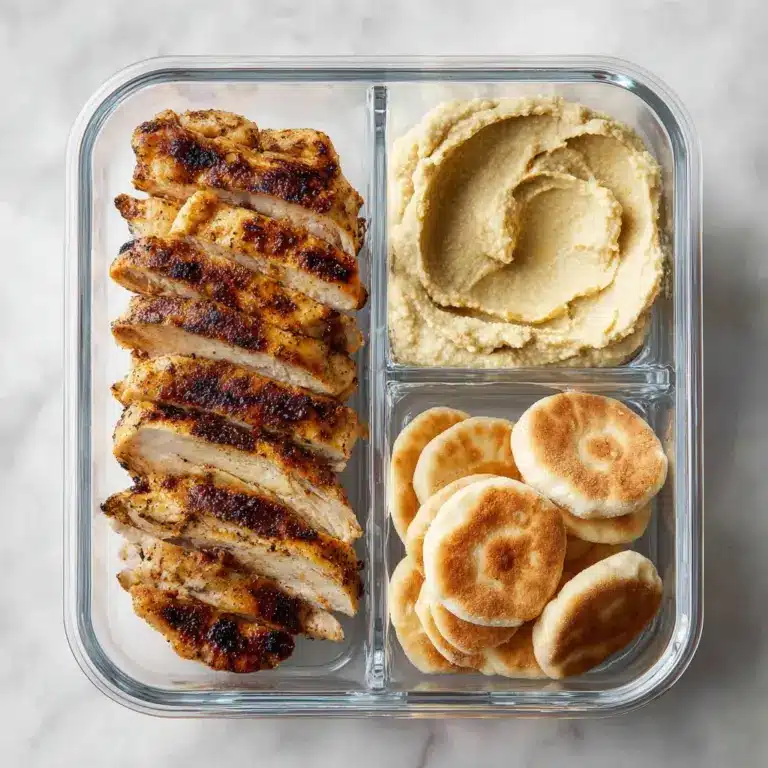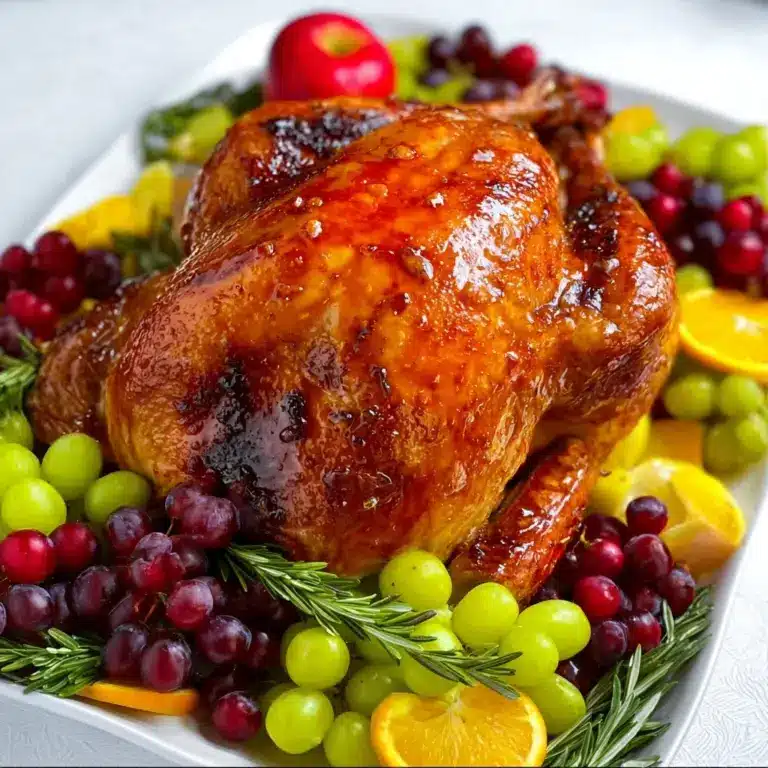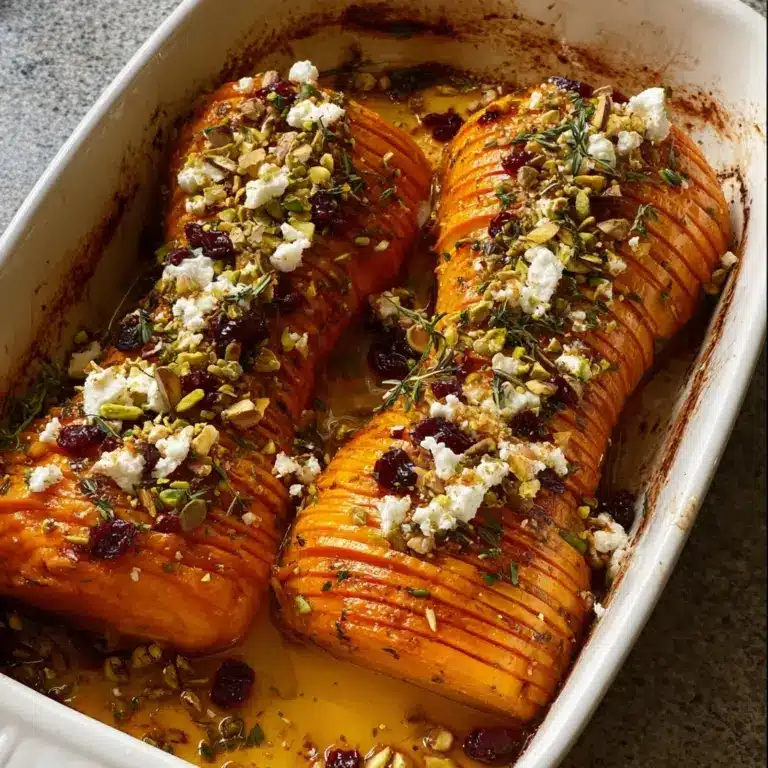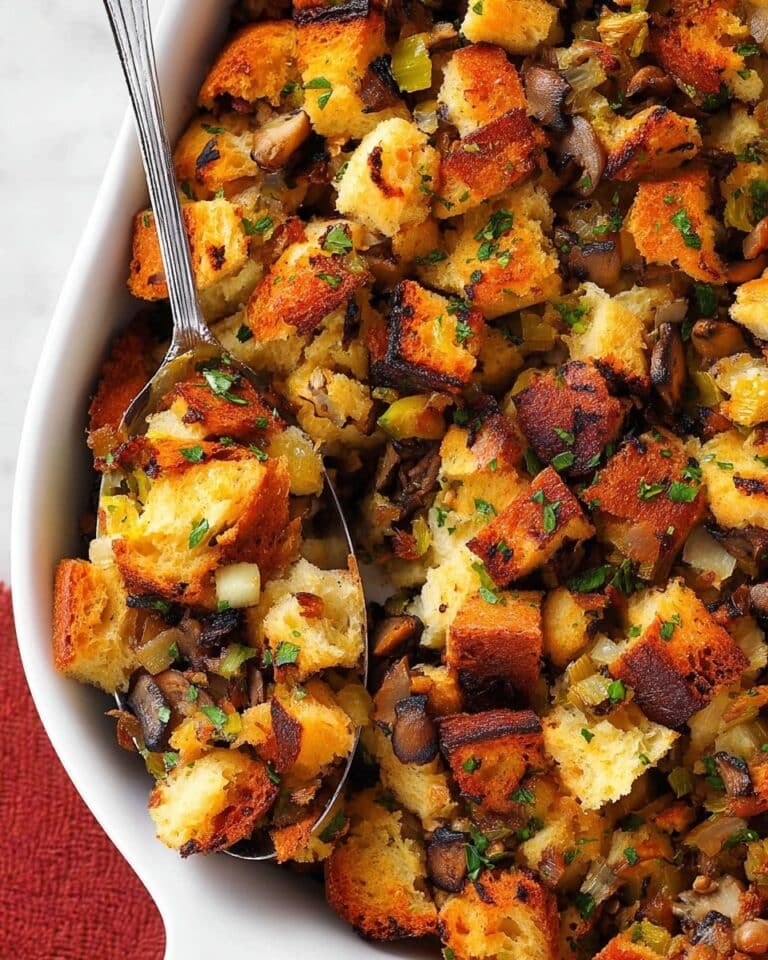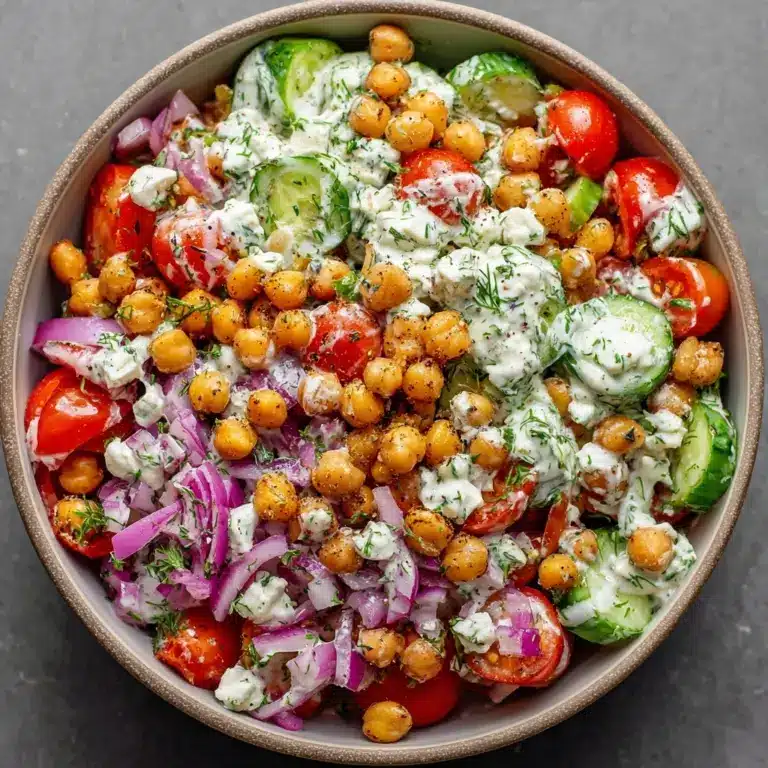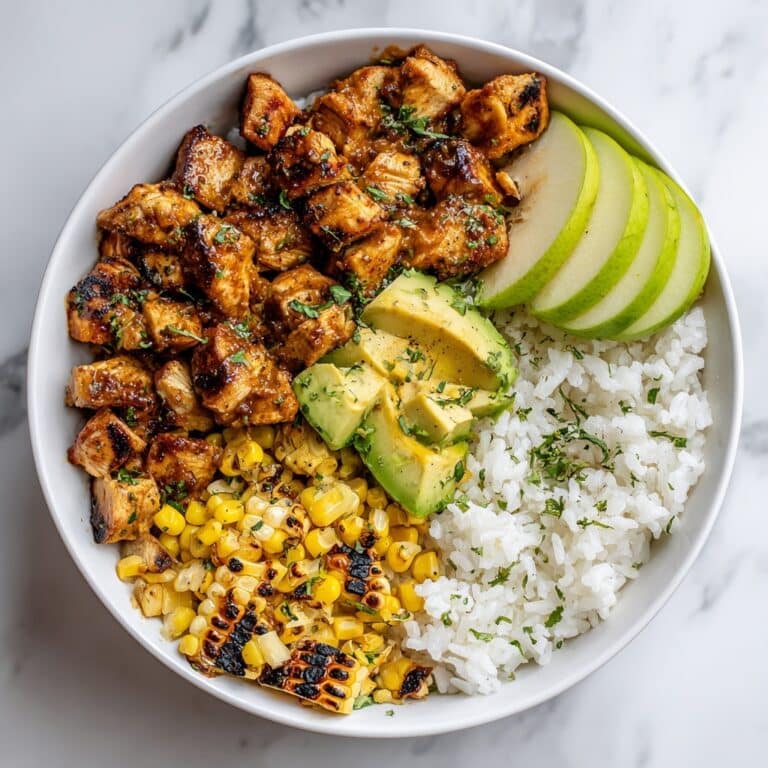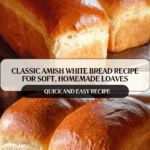Amish White Bread Recipe
If you are searching for a bread that brings the comforting warmth of homemade goodness along with the hearty, tender crumb that feels like a hug from the inside, then this Amish White Bread Recipe is exactly what your kitchen needs. This classic bread recipe has long been cherished for its simple ingredients, soft texture, and slightly sweet flavor that makes it perfect for everything from sandwiches to toast and even just a pat of butter straight from the oven. Every bite connects you to a timeless tradition, and once you try this Amish White Bread Recipe, it will likely become a staple in your baking repertoire.
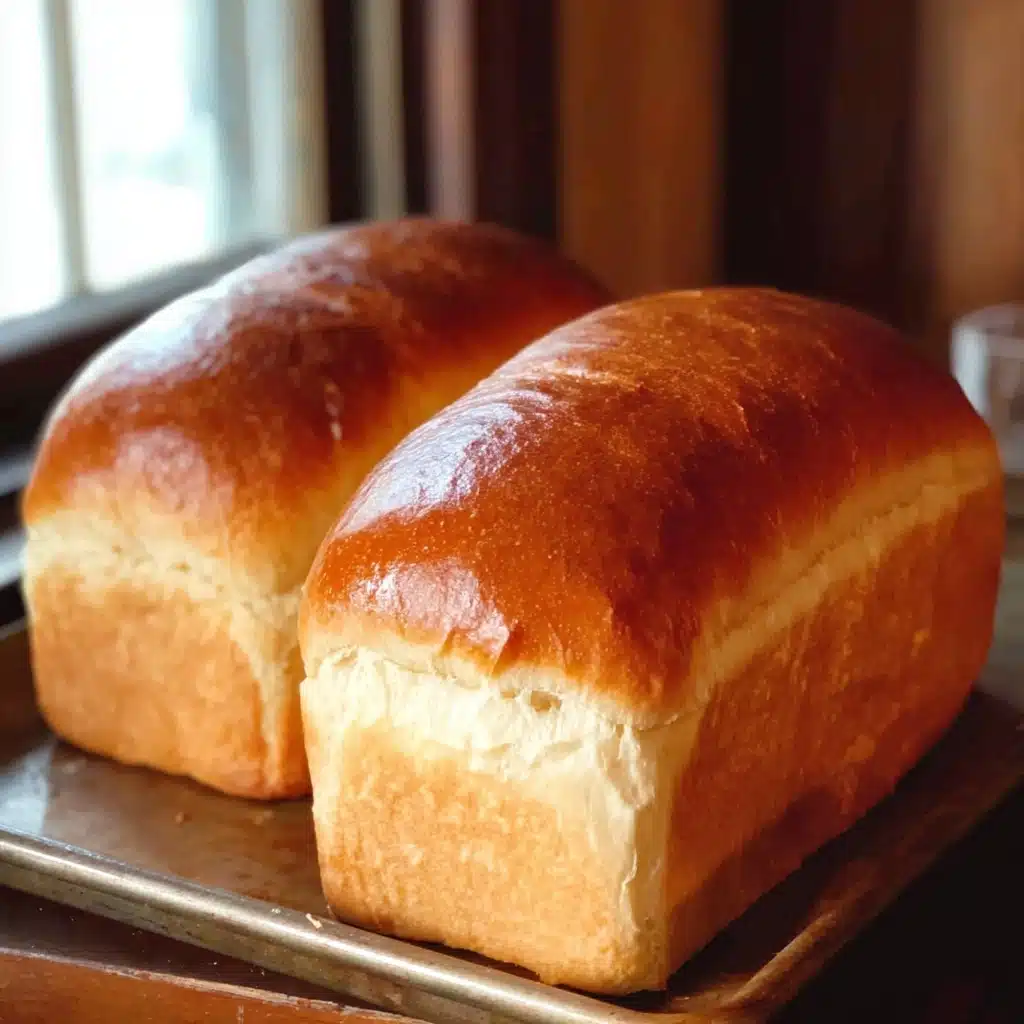
Ingredients You’ll Need
The beauty of this Amish White Bread Recipe lies partly in its straightforward, pantry-friendly ingredients. Each component contributes something special—whether it’s the warm milk for tenderness, the yeast for that magical rise, or the vegetable oil that ensures a moist texture. Having these essentials prepped means you’re just moments away from a loaf of bread that feels both simple and utterly satisfying.
- Water (1 cup, 110F): Warm water helps activate the yeast for a lively dough rise.
- Powdered ginger (1 pinch, optional): A secret little nudge to jumpstart the yeast’s activity without altering flavor.
- Milk (1 cup, 110F): Adds richness and creates that tender, soft crumb.
- Sugar (2/3 cup): Sweetness that balances the salt and feeds the yeast; you can reduce it if you prefer less sweet.
- Active dry yeast (1 1/2 tablespoons): The powerhouse that makes the dough rise beautifully.
- Salt (1 1/2 teaspoons): Enhances the dough’s flavor and tightens gluten structure.
- Vegetable oil (1/4 cup): Keeps the crumb moist and tender; coconut oil or melted butter are delightful alternatives.
- Bread flour (5 1/2 cups): The key for perfect gluten development and chewy texture, with room to adjust as needed.
- Butter (2 tablespoons, melted): For brushing, delivering a lovely, soft crust and rich aroma.
How to Make Amish White Bread Recipe
Step 1: Activate the Yeast
Start by dissolving the sugar into the warm water and milk in a large bowl. This warm environment, around 110 degrees Fahrenheit, is perfect for awakening the yeast. If you like, whisk in the pinch of powdered ginger to give the yeast an extra boost. Stir in the active dry yeast and set the mixture aside for about 5 to 10 minutes until it becomes foamy – that’s the sign your yeast is alive and ready to work its magic.
Step 2: Mix the Dough
Once your yeast mixture is bubbly, stir in one cup of bread flour to get things going. Next, whisk in the salt and vegetable oil, which will help keep your bread moist and flavorful. With your mixer running, add the remaining flour gradually, about one cup at a time, until the dough starts pulling away from the sides of the bowl. This is your cue that the gluten is developing beautifully. If you prefer, you can also knead by hand – just combine the ingredients until you have a sticky dough and then knead for 10 minutes on a lightly floured surface until it feels smooth and elastic.
Step 3: Let the Dough Rise
Oil a large bowl and place your dough ball inside, flipping it once to coat in oil. Cover the bowl with a damp cloth and leave it to rise in a warm spot until it doubles in size, which usually takes about an hour. This resting time is crucial as it allows the dough to expand and develop flavor.
Step 4: Shape and Second Rise
Once risen, punch the dough down and knead it gently for about three more minutes. Divide the dough in half and let the pieces rest for five minutes before shaping each into a loaf. Place the loaves into greased 9×5-inch pans, brush the tops with melted butter for a rich finish, and let them rise again until the dough rises an inch above the pan—about 30 minutes. These rises ensure your bread will be soft and fluffy inside.
Step 5: Bake to Perfection
Preheat your oven to 350 degrees Fahrenheit. Bake the loaves for approximately 30 minutes, or until they sound hollow when tapped and reach an internal temperature of 190℉. Once baked, for an irresistibly soft crust, brush the tops with more butter and cover with a clean tea towel while cooling. This little step keeps the bread tender and moist just like fresh-from-the-farm Amish baking.
How to Serve Amish White Bread Recipe
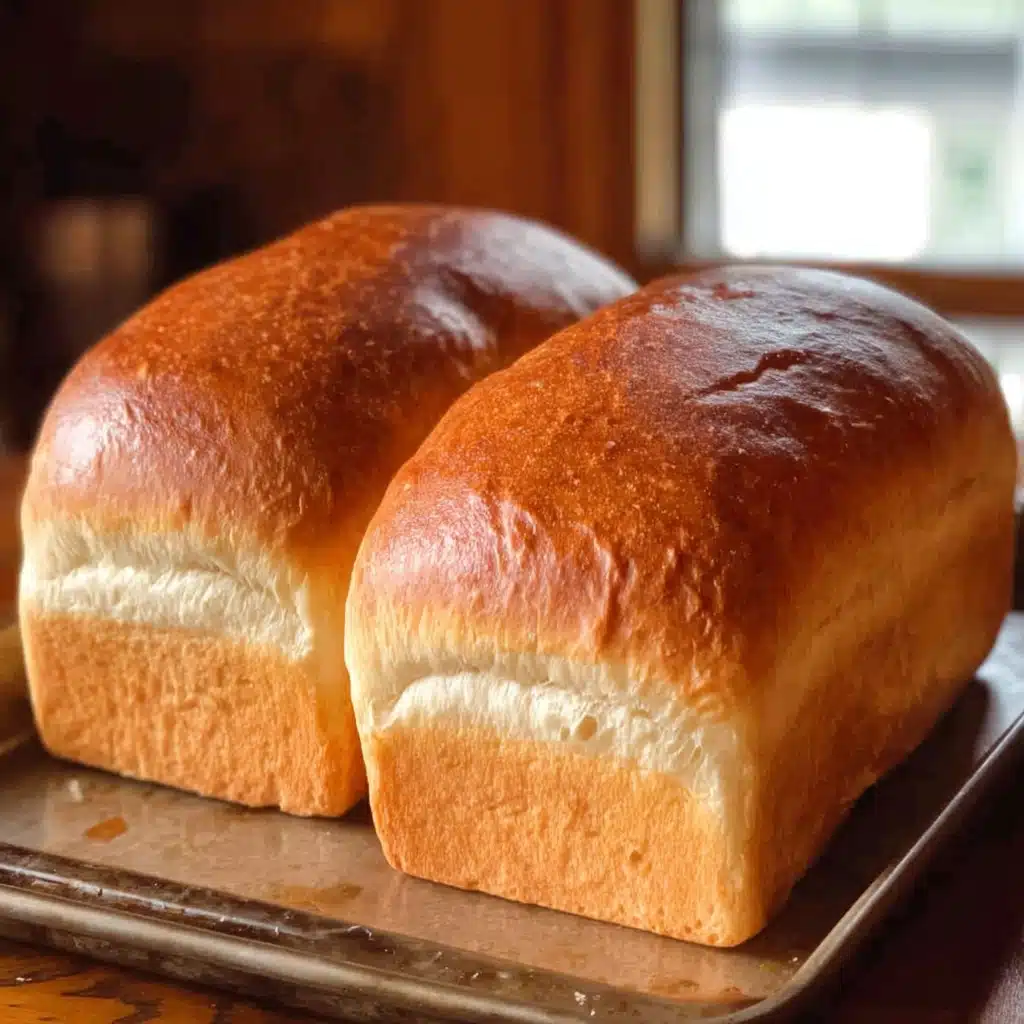
Garnishes
This bread is a blank slate, ready to be adorned with your favorite garnishes. A simple spread of softened butter, a drizzle of honey, or a sprinkle of cinnamon sugar can elevate the warm bread into a small moment of joy. Fresh herbs or garlic butter slathered on makes for an irresistible side to any meal.
Side Dishes
Amish White Bread pairs wonderfully with hearty soups, salads, and stews that soak into each soft slice. It’s also perfect alongside classic dishes like fried chicken, pot roast, or even a fresh batch of homemade chili – helping to soak up all those delicious flavors.
Creative Ways to Present
Beyond the standard loaf, try slicing your Amish White Bread Recipe thick for sandwiches or thinner for delightful crostini. Toast it lightly, then top with cream cheese and smoked salmon for an elegant appetizer. Or turn it into French toast for a weekend brunch treat that everyone will love.
Make Ahead and Storage
Storing Leftovers
You can keep your leftover Amish White Bread Recipe fresh by storing it in an airtight container or a bread box at room temperature for up to three days. This helps preserve the softness of the crumb and keeps the crust from hardening too much.
Freezing
For longer storage, slice the bread and freeze it in a resealable bag. This way, you can grab a slice whenever you like without thawing a whole loaf. Frozen bread will maintain its quality for up to three months.
Reheating
To bring back that just-baked freshness, lightly toast or warm slices in the oven wrapped in foil. A quick few minutes at 350 degrees Fahrenheit will revive the soft texture and buttery aroma of your Amish White Bread Recipe.
FAQs
Can I use milk substitutes in this Amish White Bread Recipe?
Yes! If you’re looking to make the recipe dairy-free, unsweetened almond milk or oat milk are great alternatives. Just ensure they are warmed to about 110 degrees Fahrenheit for the yeast activation.
Why add powdered ginger to the yeast mixture?
Powdered ginger is an optional addition that helps activate the yeast more quickly. It doesn’t impact the taste noticeably but can improve the rise, especially if your yeast isn’t brand new.
What is the difference between bread flour and all-purpose flour here?
Bread flour has a higher protein content which means more gluten formation, resulting in that elastic, chewy texture you want in your Amish White Bread Recipe. All-purpose flour can be used but you might notice a slightly softer, less structured loaf.
Can I make this bread in a bread machine?
Absolutely! Simply add ingredients in the order your machine recommends, select the white bread cycle, and start. Keep an eye when the dough is rising and kneading; resetting the machine at the second knead ensures a perfect rise before baking.
How do I know when the bread is fully baked?
The loaves should sound hollow when tapped on the bottom, and an instant-read thermometer should register about 190 degrees Fahrenheit when inserted into the center. This guarantees the inside is cooked through and the crust is just right.
Final Thoughts
Baking the Amish White Bread Recipe is like welcoming a little warmth and tradition into your kitchen. It’s simple, satisfying, and endlessly versatile—bringing joy to every meal you share it with. I hope you’ll enjoy baking and savoring this classic bread as much as I do. It truly feels like homemade love in every slice.
Print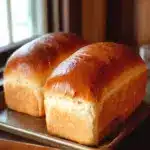
Amish White Bread Recipe
- Total Time: 2 hours 10 minutes
- Yield: 2 loaves 1x
- Diet: Vegetarian
Description
This Amish White Bread recipe is a classic homemade bread known for its soft texture and slightly sweet flavor. Perfect for sandwiches or toast, it uses simple ingredients like milk, sugar, and vegetable oil, yielding two hearty loaves with a golden crust and tender crumb. The recipe can be made by hand, with a mixer, or a bread machine, accommodating various baking preferences.
Ingredients
Liquid Ingredients
- 1 cup water (110°F)
- 1 cup milk (110°F)
- 1/4 cup vegetable oil (or melted coconut oil or melted butter, cooled to 100°F)
- 2 tablespoons melted butter (for brushing)
Dry Ingredients
- 2/3 cup sugar (adjust to taste)
- 1 1/2 tablespoons active dry yeast
- 1 1/2 teaspoons salt
- 5 1/2 cups bread flour (adjust as needed)
- 1 pinch powdered ginger (optional, for activating yeast)
Instructions
- Prepare Yeast Mixture: Dissolve the sugar in the warm water and milk in a large bowl. Whisk in the active dry yeast and powdered ginger if using. Set aside for 5 to 10 minutes until the mixture becomes foamy, indicating the yeast is activated.
- Mix Initial Dough: Stir in 1 cup of bread flour into the yeast mixture. Then whisk in the salt and vegetable oil (or chosen fat). This creates the base of your dough.
- Add Remaining Flour: With a mixer running, gradually add the remaining flour, one cup at a time, until the dough pulls away from the bowl and forms a cohesive mass.
- Knead the Dough: If using a machine, knead for about 5 minutes. For hand kneading, turn the sticky dough onto a floured surface and knead for 10 minutes until smooth and elastic, adding flour as necessary.
- First Rise: Lightly oil a large bowl and place the dough ball inside. Oil the dough surface, cover with a damp cloth, and let it rise in a warm place until doubled in bulk, about 1 hour.
- Punch and Shape: Punch down the dough and knead for 3 minutes. Divide dough in half and let rest for 5 minutes. Shape each half into loaves and place into greased 9×5-inch loaf pans.
- Second Rise: Brush the tops of the loaves with melted butter. Let rise for 30 minutes or until the dough has risen about an inch over the pans.
- Bake: Preheat oven to 350°F (175°C). Bake for 30 minutes or until loaves sound hollow when tapped and an instant-read thermometer inserted into the center reads 190°F.
- Soft Crust Finish: Immediately butter the tops after removing from oven. Cover loaf pans with a clean tea towel and let cool for 5 minutes. Then remove from pans and continue cooling covered with the towel to keep crust soft.
- Bread Machine Instructions: Add ingredients in the order the manufacturer specifies. Select the white bread cycle and start the machine. When the dough rises once and kneading begins a second time, turn off the machine and restart the cycle to reset. The dough will rise again before baking to yield two loaves.
Notes
- Temperature of liquids is critical; keep them around 110°F for optimal yeast activation.
- Adjust sugar to your preference; less sugar will produce a less sweet bread.
- Coconut oil adds a subtle flavor and works well as a fat alternative.
- Ensure dough is elastic and smooth after kneading for best texture.
- Use a kitchen thermometer to check bread doneness; 190°F internal temperature is ideal.
- Covering the bread with a towel after baking keeps the crust softer.
- Flour quantity may vary slightly depending on humidity and flour brand; adjust as needed for consistency.
- Prep Time: 20 minutes
- Cook Time: 30 minutes
- Category: Bread
- Method: Baking
- Cuisine: American
Nutrition
- Serving Size: 1 slice (about 1/16 of a loaf)
- Calories: 150
- Sugar: 4g
- Sodium: 180mg
- Fat: 4g
- Saturated Fat: 1g
- Unsaturated Fat: 3g
- Trans Fat: 0g
- Carbohydrates: 26g
- Fiber: 1g
- Protein: 4g
- Cholesterol: 5mg
Keywords: Amish white bread, homemade bread recipe, soft white bread, classic bread, yeast bread

